Morpathia: Morpeth's former glory
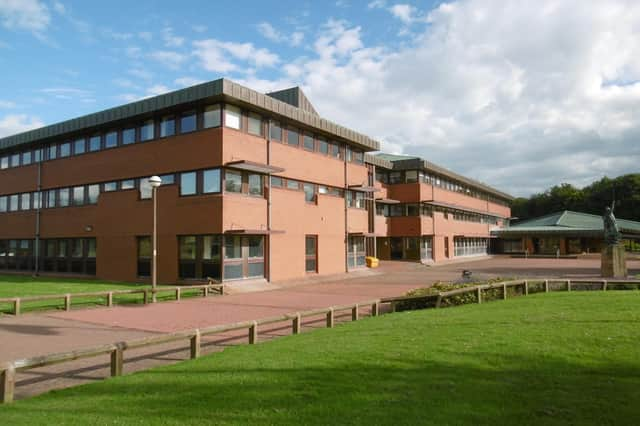

Although Morpeth has had a market since 1199, sent MPs to parliament since 1553 and was a posting station on the Great North Road, it was of little importance until the 18th Century.
It began to emerge from obscurity in 1714 when the old tollbooth was replaced with a fine Town Hall designed by John Vanbrugh. This was where the magistrates for the Morpeth Ward met and where the county magistrates held their Easter Quarter Sessions.
Advertisement
Hide AdAdvertisement
Hide AdThe Morpeth races, an annual event of far more significance than a mere sporting fixture, were held on Cottingwood Common.
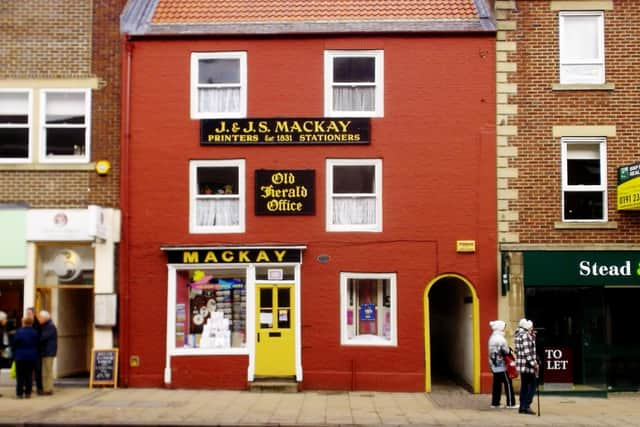

Between about 1800 and 1845, Morpeth had the second biggest fatstock market in the country after Smithfield until the development of the railways resulted in this trade being lost to Newcastle. The cattle market survived, however, moving to Newmarket in 1903 and to Stobhill in 1957.
Morpeth’s heyday as the political, business, social and administrative centre for a large part of Northumberland, and in some respects for the whole of Northumberland, dates from 1828 when the new Court House and County Gaol were built.
In 1836, following the Municipal Reform Act, it gained a mayor and an elected town council. In contrast, Alnwick was left out of the Act by the influence of the Duke of Northumberland on behalf of the freemen, while Hexham seems not to have been considered at all.
Advertisement
Hide AdAdvertisement
Hide AdBoth later became urban districts and the centres of rural districts, but they never had the dignity and prestige of a mayor and corporation.
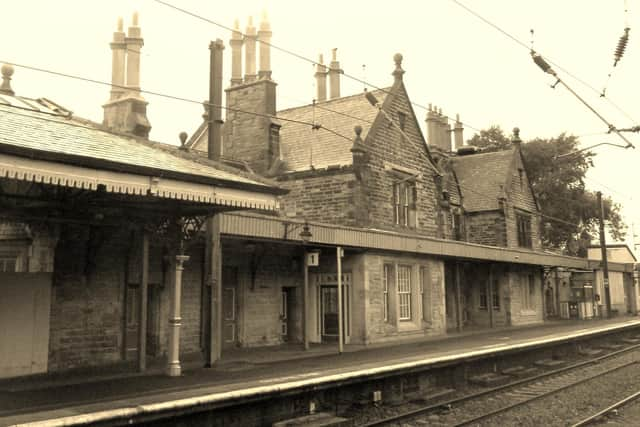

In 1837, Morpeth became the headquarters of the Morpeth Poor Law Union, which extended over a large area between Coquet and Wansbeck and included Bedlingtonshire.
At around the same time, large collieries began to be sunk to the east of Morpeth. Colliery villages grew up, often with few amenities other than the Methodist chapel; but in the 1890s three of them – Bedlington, Ashington and Newbiggin – became the centres of urban districts.
The surrounding rural areas were in Morpeth Rural District, of which the headquarters was in Dacre Street.
Advertisement
Hide AdAdvertisement
Hide AdWhen he was planning the East Coast Main Line in the 1840s, George Stephenson wanted it to go through Bedlington. But William Woodman, the Town Clerk of Morpeth, persuaded Lord Carlisle and other great landowners to have it carried through here instead, so that the Morpeth Curve is with us yet.
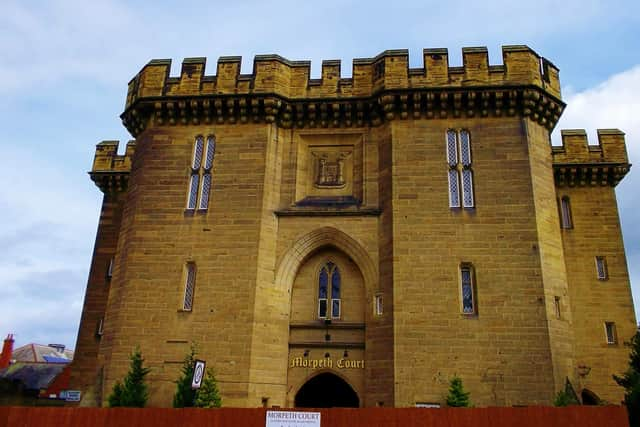

Later, the Wannie Line and the Blyth & Tyne also came to Morpeth, making it something of a railway hub.
The Morpeth Herald was founded in 1854, turning weekly in 1858. It took the subtitle of the Ashington, Blyth and Bedlington Reporter, and for the next 100 years circulated throughout the colliery villages, as well as in the rural area to the west.
It was highly significant in establishing Morpeth as the “central place” within its region.
Advertisement
Hide AdAdvertisement
Hide AdIts centrality was strengthened with the opening of the County Asylum in 1859. A prison, an asylum and workhouse are strange things to boast about, but they were amongst the key functions of local government in those days.
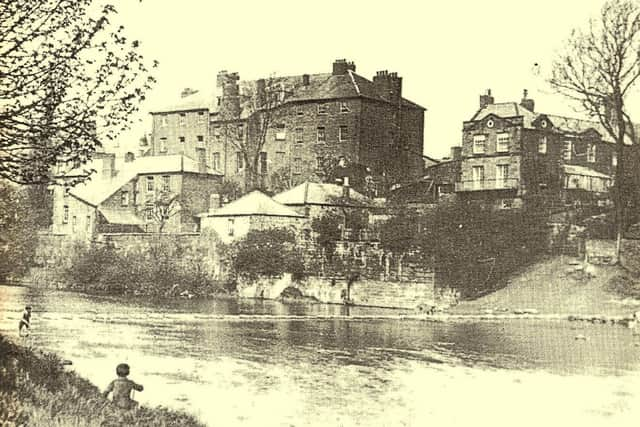

In 1891, Morpeth Gaol was demolished and its place taken by the gaol at Newcastle. The Court House, however, remained and the central block, which had been the governor’s and turnkey’s houses, was turned into the county police headquarters.
It became a rather splendid town police station when the headquarters transferred to The Kylins in 1939.
There were no hospitals in this area until Morpeth Cottage Hospital was opened in Abbey View Yard in 1898. It moved to Dogger Bank in 1909 and to South Road in 1929.
Advertisement
Hide AdAdvertisement
Hide AdThe new site was large, enabling the hospital to be extended – first under its voluntary management committee and later, after July 1948, under the NHS.
In 1974, Morpeth became the centre of the new Borough of Castle Morpeth, but this did not enlarge its sphere of influence to any extent. The inclusion of the word ‘Castle’ was a nod in the direction the Castle Ward Rural District, which had been cut in two with part allocated to Newcastle and the rest to Castle Morpeth.
I believe putting Ponteland under the sway of Morpeth has never been satisfactory. They have too little in common.
The Borough Engineer’s Department remained in Ponteland until 1983, when the council acquired the former police headquarters at The Kylins.
Advertisement
Hide AdAdvertisement
Hide AdCastle Morpeth retained all the pomp and panoply of mayoralty, with the mayors of Newcastle and other civic boroughs visiting on the occasion of the mayor’s
reception, when there was always a strawberry tea; but a side effect of the 1974 re-organisation was that the Morpeth Herald’s territory shrank.
Except for Pegswood, Ellington and Lynemouth, the coalfield villages were absorbed into the districts of Wansbeck, Blyth Valley and North Tyneside, so that the Herald restricted its coverage largely to Castle Morpeth.
County Hall used to be in what is now the Vermont Hotel in Newcastle, which still has the county badge over its front door. The building of a new County Hall in Morpeth between 1979 and 1982 brought both employment and prestige, and made Morpeth the undoubted county town of Northumberland.
Advertisement
Hide AdAdvertisement
Hide AdIn other respects, the eighties marked a sharp decline in Morpeth’s standing. In 1980, the Morpeth magistrates moved to Bedlington and the Court House was converted into apartments.
There was still the Morpeth County Court, which in late years was located in Newmarket where it dealt with a wide range of civil business, but it closed in 2016. So Morpeth, having had courts for over 800 years, now has none.
In 1983, after 430 years, Morpeth ceased to exist as a parliamentary constituency. Its electorate was divided between Berwick and Wansbeck.
In 1984, T. & I. Maughan & Co Ltd. auctioneers, who ran the Wansbeck Farmers’ Auction Mart at Morpeth, sold out to a Yorkshire firm. The mart, which was immediately behind the railway station, closed soon after and the land redeveloped for housing.
Advertisement
Hide AdAdvertisement
Hide AdThe Cottage Hospital on South Road closed in 2008, being replaced by the Whalton Unit, a ward for frail elderly people in a new building on the hospital site. In 2018, the Whalton Unit itself was closed and transferred to Ashington.
Day care is provided at the new NHS Centre on the Easter Field, but Morpeth residents now have to go elsewhere for hospital treatment.
In 2015, the police station behind the Court House was sold off.
In short, except for County Hall, Morpeth has lost virtually all of the functions that made it a central place. For interest, however, I looked up where the accession of Queen Elizabeth was proclaimed in 1952. It was at the Moot Hall, which was then an exclave of the county surrounded by the City of Newcastle.
So the proclamation at Morpeth wasn’t actually the restoration of an old glory, but the assumption of a new one.